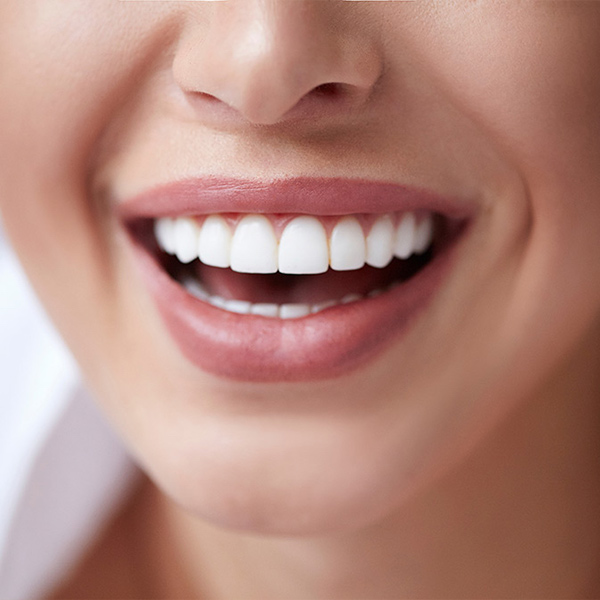I Have Pain and Popping in Front of My Ear. Do I have a TMJ Problem?
 Many patients do have pain associated with the lower jaw joint, the TMJ. Quite often the pain and or symptoms are not at the joint itself so the problem goes undiagnosed. The Temporal Mandibular Joint or TMJ is the joint that joins the lower jaw (mandible) to the base of your head (cranium).
Many patients do have pain associated with the lower jaw joint, the TMJ. Quite often the pain and or symptoms are not at the joint itself so the problem goes undiagnosed. The Temporal Mandibular Joint or TMJ is the joint that joins the lower jaw (mandible) to the base of your head (cranium).
TMJ Fit
This is a complex joint due to the fact that the teeth have a direct impact on the position and function of the joint itself. Many times there is a discrepancy in the fit and position of the TMJ’s. This discrepancy may be quite obvious or minor in nature; both situations have a huge impact on your health and comfort.
Painful Example
Let me give you an example of how your body responds to this discrepancy that may exist between the position of the joint and the position of the teeth. Imagine that you are on a walk and you are wearing your favorite walking shoes. Suddenly you begin to notice a pebble has found its way under the ball of your foot. Before you know it your normal walking pattern or gait has changed.
This change is due to the body’s adaptation or protection mechanism to avoid pain. The nervous system detects a painful stimulus, and the brain responds by telling the muscles not to put as much weight on your foot. Soon after a step or two you may be noticeably limping, this is the adaptive response. It may have been easier to sit down and remove the offending pebble. The case in point is that our body is continuously protecting us from harm in its desire to maintain the most efficient status quoi. We may have eventually gotten use to the pebble, but our gait may be continuously altered.
TMJ Fatigue Over Time
Now imagine that your teeth and TMJ’s do not coordinate with each other. Your protective response is continuous. Your muscles eventually become fatigued, pain ensues and the problem usually goes unrecognized. Many patients clench and or grind their teeth at night in this situation, a response of the fatigued muscles. Again this condition has the potential to be quite painful and destructive to the teeth them selves.
Diagnosis Is Key
The key to discovering how and why this problem exists is a detailed diagnosis.
After years of study, research and experience I can help you. The best way to get started is just a simple phone call away. Call me at 505-256-1770 or contact us and request an initial consultation appointment. Together we can determine if you have a problem. And then we will guide you through a diagnosis.






